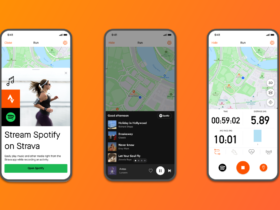Since the coronavirus pandemic struck, Americans have been urged to exercise more — and sit less. Yet, as we stand apart from one another at home, we’re spending less and less time on physical activity. We know that inactivity is a risk factor for depression, but sedentary behavior at night is the most significant risk factor for depressive symptoms. The sedentary lifestyle caused by remote working might be a factor in the increase in mental health problems amongst workers.
Studies have shown that those who have less practice and more screen time are prone to be worried, unhappy, and lonesome in the first weeks of the epidemic.
And although most people were able to enhance their mental health progressively as they were accustomed to a new reality, those who did not have an active lifestyle were not able to do the same according to follow-up research.
Many people don’t realize just how much physical activity they miss out on simply because they’re spending so much time sitting down every day.
If you don’t move much throughout the day, you haven’t been getting the health benefits associated with regular exercise. Such benefits include improved cardiovascular health and reduced risk of diabetes and some cancers. But physical activity isn’t just good for your body or health. It’s also good for your mind.
Here are a few ways to get moving:
- Set a timer. When it’s time to take a break, try setting a timer for 10 or 15 minutes. You’ll force yourself to get up, stretch, and move around.
- Take short walks. Instead of slogging through an hour-long workout at the gym, do a quick walk. A walk around the block, for instance, only takes 10 minutes, and it’s better than nothing.
- Stand up. When you’re not using a computer or working on paperwork at your desk, stand up. Do a quick ab workout, or stretch.















Leave a Reply